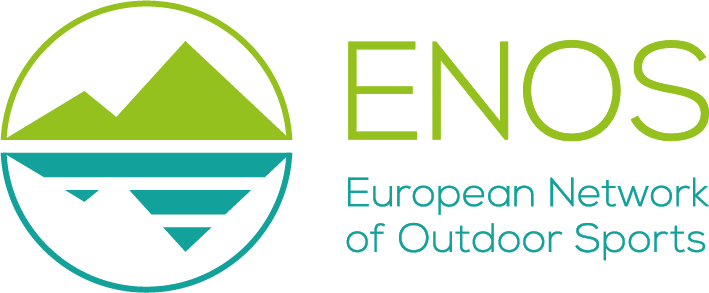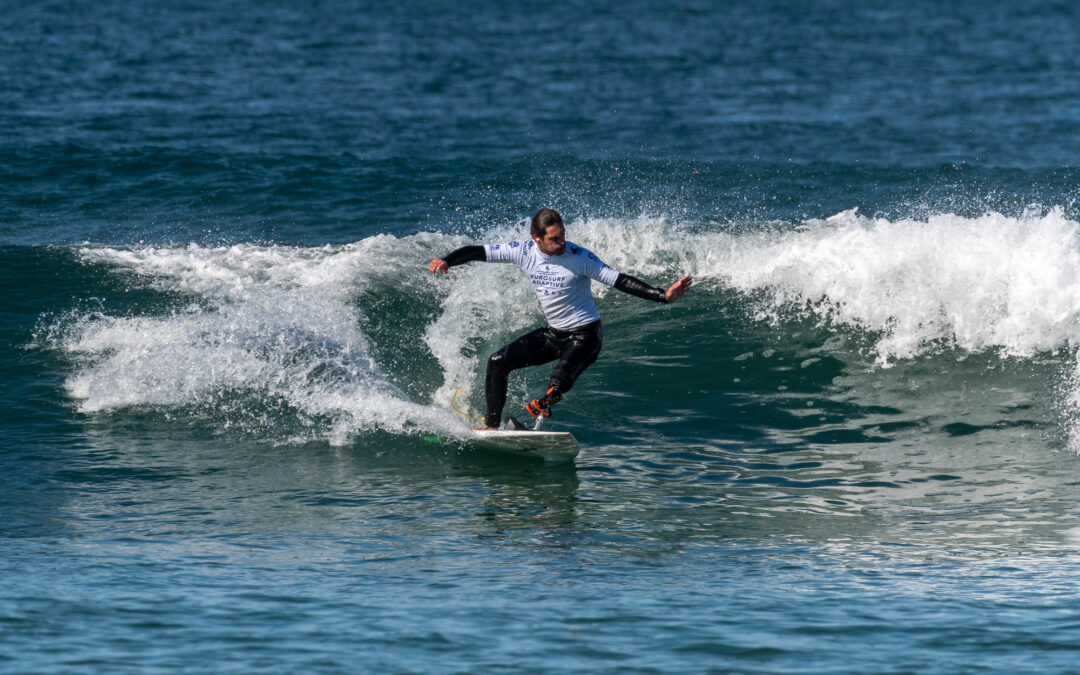By João Zamith from Viana Surf Club
There are an estimated 120 million people with disabilities in the EU, equivalent to about 15% of its population. It is a fact that disabled people are less likely to participate in sports activities organised by sports clubs than non-disabled people.
The EU is aware of this and therefore signed the UN Convention on the Rights of Persons with Disabilities, which sets as a priority objective the implementation of actions enabling disabled people to participate on an equal basis with others in recreational, leisure and sporting activities. In addition, the EU has developed a Disability Strategy 2010-2020, which aims to empower people with disabilities to enjoy their rights and participate fully in society. Also, there is a European Commission Communication on “Developing the European Dimension in Sport” (2011) which emphasises the rights of people with disabilities to participate on an equal basis with non-disabled people in sporting activities.
As can be seen, there is a legal framework favourable to the inclusion of people with disabilities in sport activities. However, there are many barriers that affect the implementation of these public policies.
To understand the context, traditionally, barriers to participation in physical activities are generally classified at three different levels: individual, social and environmental. Individual barriers relate to the limitations of the disability or to psychological and physical aspects. Social barriers mainly refer to the lack of professional preparation of sport and physical activity experts, as well as the adaptation of physical activities to the needs of people with disabilities. Finally, environmental barriers generally refer to the availability of adequate facilities and generally the opportunities available to people with disabilities to move from mere physical activities to competitive sports.
Humans have always interacted with the ocean, using it for food, transportation, recreation and cultural activities, and more recently as a source of energy. We are now starting to realize that ocean health is also critical for human health and well-being. Europe is intrinsically a maritime continent and European citizens both rely on and are affected by the ocean.
Surfing is a watersport of sliding that consists of keeping standing on a board on a wave using the force of the waves. The aim of the sport is to take advantage of the strength of the waves and to be able to perform on their journey. We often relate surfing as an emerging sport related to marketing and its industry, but surfing is more than that, it is a sport in maximum contact with nature with benefits for the health and well-being of people, and with this program we will try to break down those myths and prejudices.
The main objective of the INCLUSEA Project, co-funded by the Erasmus+, is to contribute to social inclusion and equal opportunities in sport, through transnational cooperation formulas that allow the development, transfer and implementation of innovative results in the field of inclusive watersports.
The contribution of sport and physical activity to improving the health, well-being and quality of life of people with disabilities is widely recognised in the research literature and is therefore a fundamental tool for promoting inclusion. Surfing appears as a great option compared to traditional sport. It has a broader approach which offers an exceptional environment to implement an adapted and effective methodology, since it offers a landscape rich in sensorial experiences that stimulate the whole body, being among its many benefits: a better functioning of the vital functions (respiratory, cardiovascular, renal, etc.); the development and maintenance of muscle mass, strengthening of the nervous system, activation of balance mechanisms, flexibility; improvement of aspects of one’s identity: self-concept, self-esteem, as well as other aspects of a psychosocial nature: social skills; sense of belonging to the group; fight against depression and anxiety; positive link with the natural environment; improvement of rest, sense of well-being and good mood, etc
Taking into account this situation, the INCLUSEA project seeks to establish the basis for a common teaching methodology of surfing oriented to people with physical and/or sensory disabilities. INCLUSEA is an initiative that transforms the context and focuses on the teaching process with an unique objective: all teachers acquire sufficient skills to transmit to their students a learning methodology based on the same values and objectives. At the end, all final students achieve the learning and skills necessary to enjoy surfing at all levels and with guarantees of safety, promotion and sustainability.
Partnership:
Regional Society of Education, Culture and Sports (Spain)
Ribamontán al Mar City Council (Spain)
Surf Clube de Viana (Portugal)
Association Nationale Handi Surf (France)
Liquid Therapy Foundation (Ireland)
Deustcher Wellenreit Verband (Germany)
University of Trás-os-Montes & Alto Douro (Portugal)
Contact: João Zamith joaozamith@surfingviana.com

